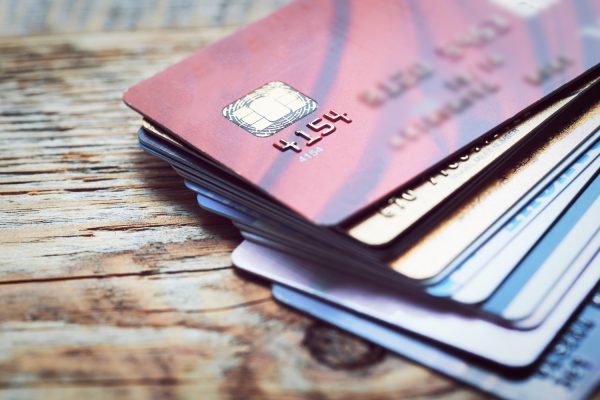Biometric cards have risen in prominence this year, as several banking tech providers have launched trials of the technology. Societe Generale’s card allows cardholders to authenticate themselves by means of their finger, rather than by entering a PIN code. This allows for all payments to be made using contactless, with no limit on the transaction amount and, in theory, without compromising security. The card functions normally for all contact-type payments in-store, online or for withdrawals. With contactless payments gaining wider acceptance in France, and more than two billion such transactions forecasted for 2018, banks are looking to improve security in an effort to do away with the upward limit on transactions. SocGen’s card is based on the F.CODE technology developed and tested by IDEMIA, a France-based provider of augmented identity solutions. “Biometric cards are specific in that, on top of securing the standard bank card functionality, we also needed to test the biometric component,” Patrice Meilland, Senior Vice President for Powered Cards for IDEMIA. “The main part of this involved a number of acceptance and rejection tests. We made sure that the cards satisfied a set of acceptance criteria, so that only the cardholder’s fingerprint could be used with the card. Additionally, we conducted rejection testing, to make sure that there would be no scenario where the right fingerprint would be rejected. To achieve this, the biometry was tested against the fingerprints of thousands of volunteers who participated in the test.” The cards were tested using Idemia’s in-house biometric database, before being sent to external testing labs for certification. According to Meilland, the main challenge when developing the technology lay in fitting the necessary components for biometric identification, including a biometric sensor and chip into the space of the card. In pratical terms, on receipt of the card the cardholder records his fingerprint himself in the biometric card. The fingerprint is verified directly on the card. No element linked to this fingerprint is transmitted to the merchant or to the bank. “The fingerprint is actually stored within the card, which allows for a high level of security. Additionally, there’s no need to build a database of fingerprints. This is where regulation would kick in, however biometric cards bypass this hurdle.” While SocGen is the first bank in France to begin limited trials of biometric cards, the technology has been in development for the past few years and other providers are likely to adopt it in the near term, according to Meilland. Earlier this year, Mastercard announced that it was preparing to launch trials of its own biometric technology, although the company has not provided details on the success of these.
Menu




